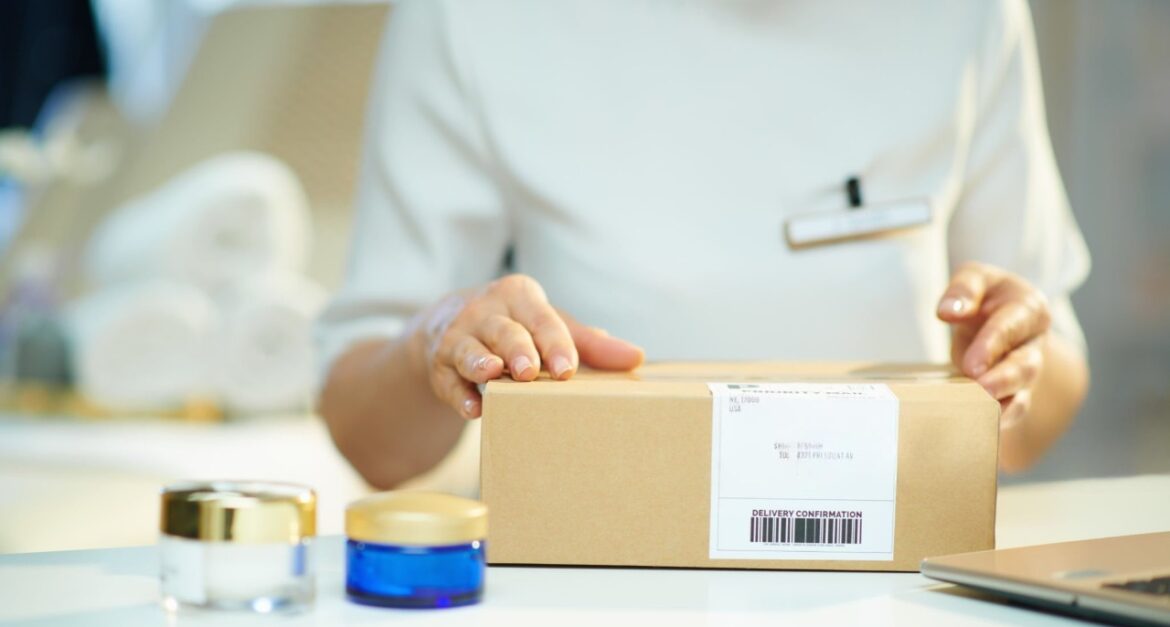
Behind every bottle of perfume lies a customs code.
In Saudi Arabia’s rapidly evolving beauty industry, that code determines not just how your product enters the market — but whether it does at all.
As the Kingdom’s cosmetics sector expands, fueled by international brands and increasing consumer sophistication, understanding the role of HS classification has never been more critical. For importers, distributors, and beauty entrepreneurs, knowing how cosmetics HS codes KSA operate under SFDA regulations can make or break compliance success.
This guide unpacks how Saudi Arabia regulates the import and classification of beauty, skincare, and personal care products, and how working with a trusted logistics partner like Palm Horizon KSA ensures a seamless path from port to product shelf.
The Foundation: What Are HS Codes and Why They Matter
The Harmonized System (HS) Code, developed by the World Customs Organization (WCO), is the global standard for classifying goods in trade. Each product imported into Saudi Arabia must carry an accurate HS code to define its customs duties, import conditions, and documentation needs.
Saudi Customs, managed by ZATCA (Zakat, Tax and Customs Authority), enforces these codes. Meanwhile, cosmetics, skincare, and personal care imports must also satisfy SFDA regulations that ensure safety, labeling accuracy, and ingredient transparency.
An HS code tells authorities:
- What the product is
- What it’s made of
- Its purpose or usage
- Its regulatory and duty category
This ensures that beauty products entering the Saudi market align with health and safety standards before reaching consumers.
Core Attributes of Cosmetics Classification
HS codes for cosmetics primarily fall under Chapter 33 of the Harmonized System, which covers “Essential oils and resinoids; perfumery, cosmetic or toilet preparations.”
Below are the key sections used in Saudi Arabia’s import system.
| Product Category | HS Code | Description | Regulatory Authority |
| Perfumes & Toilet Waters | 3303.00 | Fragrances, perfumes, colognes | SFDA + ZATCA |
| Makeup Preparations | 3304.10 | Lip makeup (lipstick, gloss, balm) | SFDA |
| 3304.20 | Eye makeup (mascara, eyeliner, eyeshadow) | SFDA | |
| 3304.30 | Nail varnish and manicure products | SFDA | |
| 3304.91 | Powders, including compact and loose | SFDA | |
| 3304.99 | Other beauty and skincare items | SFDA | |
| Skincare Products | 3304.99.10 | Moisturizing creams and anti-aging serums | SFDA |
| 3304.99.20 | Sunscreens and sun protection lotions | SFDA | |
| 3304.99.30 | Whitening and pigmentation control creams | SFDA | |
| Haircare Products | 3305.10 | Shampoos | SFDA |
| 3305.20 | Hair lacquers and styling sprays | SFDA | |
| 3305.30 | Hair creams, gels, and tonics | SFDA | |
| 3305.90 | Other hair preparations (conditioners, masks) | SFDA | |
| Oral & Personal Hygiene | 3306.10 | Toothpaste | SFDA |
| 3306.20 | Mouthwash and oral rinses | SFDA | |
| 3307.20 | Deodorants and antiperspirants | SFDA | |
| 3307.30 | Bath and shower gels | SFDA | |
| 3307.90 | Other personal care items | SFDA |
Every subcategory determines customs duty, import documentation, and SFDA approval type. A single digit’s difference can change how a product is tested, taxed, or delayed.
How SFDA Regulates Cosmetic and Personal Care Imports
The SFDA (Saudi Food and Drug Authority) oversees the registration, labeling, and safety of all cosmetic and personal care imports. Before any shipment enters the Kingdom, it must be:
- Registered in the eCosma platform
- Reviewed for ingredient safety
- Verified for labeling and country of origin compliance
The SFDA ensures no product contains prohibited substances (e.g., hydroquinone or mercury), and that claims like “whitening” or “anti-aging” are scientifically supported.
Typical SFDA approval stages include:
- Submitting product formulation and labels
- Paying registration and inspection fees
- Linking the HS code to the product entry in the eCosma database
- Receiving approval for customs clearance via ZATCA
This process ensures every beauty product in Saudi Arabia meets international safety standards.
HS Code Examples for Specific Product Types
To illustrate how deep classification goes, here’s how various cosmetics categories are coded in KSA:
1. Makeup Products
- Lipsticks, Lip Balms – HS 3304.10.10
- Mascara, Eyeliner, Eyeshadow – HS 3304.20.00
- Face Powders, Foundations – HS 3304.91.00
- Manicure & Pedicure Prep – HS 3304.30.00
2. Skincare and Treatment
- Moisturizers, Face Creams – HS 3304.99.10
- Anti-aging Serums – HS 3304.99.20
- Sunscreen & SPF Lotions – HS 3304.99.30
- Acne Treatment Creams – HS 3304.99.40
3. Hair and Scalp Care
- Shampoo – HS 3305.10.00
- Hair Conditioners – HS 3305.90.10
- Hair Oils & Serums – HS 3305.90.20
- Hair Styling Gels/Sprays – HS 3305.20.00
4. Fragrance Products
- Perfume Extracts – HS 3303.00.10
- Toilet Waters (Eau de Toilette) – HS 3303.00.90
- Colognes and Mist Sprays – HS 3303.00.20
5. Hygiene and Bath Products
- Deodorants – HS 3307.20.00
- Shaving Creams – HS 3307.10.00
- Body Wash & Shower Gels – HS 3307.30.00
- Toothpaste – HS 3306.10.00
- Mouthwash – HS 3306.20.00
These codes act as “passports” for cosmetics at customs. A mislabeled or mismatched HS code can cause re-export orders or fines under Saudi Customs Law.
Common Mistakes in HS Classification for Cosmetics
Importers often misclassify their products when:
- Grouping skincare with pharmaceutical creams
- Labeling multifunctional items (e.g., tinted moisturizers) incorrectly
- Using outdated codes not aligned with ZATCA’s updated tariff schedule
- Overlooking AEO-linked documentation and clearance benefits
A moisturizer with SPF, for instance, may require dual review as both skincare and protective preparation, impacting its tariff rate and SFDA route.
ZATCA and SFDA: Two Pillars of Compliance
ZATCA defines how products are taxed, while SFDA ensures what enters the market is safe.
Their integration through Saudi’s import clearance system ensures that any item classified under Chapter 33 automatically triggers SFDA documentation checks.
ZATCA’s tariff database provides HS code validation, while SFDA uses eCosma to verify whether the product’s name, ingredients, and labeling match the declared classification.
For seamless trade, it’s essential that logistics providers synchronize both systems — a strength that Palm Horizon KSA has mastered through its deep coordination between customs authorities and clients.
SFDA Labeling and Packaging Standards
Every cosmetic product imported into Saudi Arabia must carry:
- Product name and intended use
- Manufacturer details and country of origin
- Batch number and expiration date
- Ingredients listed in descending order
- Arabic and English labeling
Failing to meet these criteria leads to rejection, even if the HS code is correct. Thus, logistics documentation must be consistent from shipment manifest to SFDA approval file.
Challenges Importers Face in Saudi Arabia’s Cosmetic Sector
Saudi Arabia’s beauty sector is highly dynamic, but navigating compliance remains complex.
Common issues include:
- Frequent HS code updates
- Ingredient bans and reformulations
- SFDA data mismatches in eCosma
- Delays in customs when documentation is incomplete
- Packaging not meeting Arabic labeling laws
To mitigate these, importers must work with logistics partners experienced in regulatory alignment, AEO practices, and customs optimization.
Palm Horizon KSA: The Bridge Between Beauty and Compliance
As one of the best logistics companies in Saudi Arabia, Palm Horizon KSA delivers tailored import solutions for the beauty and personal care sector.
Their services include:
- HS code analysis and classification accuracy checks
- End-to-end customs documentation and clearance
- Coordination with SFDA eCosma for cosmetic approvals
- Warehousing and temperature-controlled storage for sensitive beauty items
- Freight forwarding and last-mile delivery
By combining logistics efficiency with regulatory expertise, Palm Horizon ensures beauty brands can focus on growth while compliance is handled seamlessly.
Real-World Use Cases
- Global Fragrance Importer: A European perfume brand achieved 30% faster clearance by aligning its HS codes (3303.00 series) with SFDA eCosma entries through Palm Horizon’s consultancy.
- Skincare Distributor: A UAE-based skincare supplier avoided re-export penalties after reclassifying products under 3304.99.10 instead of the pharmaceutical section.
- Haircare Retailer: Partnering with Palm Horizon’s AEO-linked channels helped reduce inspection times from 7 days to less than 48 hours.
Each case reflects how accuracy in classification — supported by a strong logistics framework — enhances both compliance and speed to market.
FAQ Section
What is the correct HS code for skincare in Saudi Arabia?
Most skincare preparations, including creams and lotions, fall under HS 3304.99, though subcodes like 3304.99.10 (moisturizers) or 3304.99.20 (sunscreens) specify product type.
Are all cosmetics regulated by SFDA?
Yes. The SFDA regulates all cosmetic, personal care, and fragrance products before customs clearance and retail distribution.
How do I register cosmetics with SFDA?
You must use the eCosma portal, submit ingredient lists, product labels, and safety certificates, then link each item’s HS code during registration.
What happens if my HS code is incorrect?
Incorrect classification can result in delays, fines, or re-export orders by ZATCA and SFDA authorities.
Why is Palm Horizon KSA ideal for cosmetics logistics?
Because Palm Horizon offers customs expertise, SFDA coordination, and end-to-end logistics — helping importers meet deadlines, maintain inventory, and avoid costly compliance errors.
Conclusion: The Beauty of Compliance Lies in the Code
In Saudi Arabia’s booming cosmetics market, beauty doesn’t start on the shelf — it starts in the customs declaration.
Every lipstick, lotion, and fragrance must pass through a regulatory maze defined by HS codes, SFDA standards, and customs precision.
Success belongs to importers who understand the code — and those who partner with logistics experts who speak its language.
With Palm Horizon KSA as your logistics partner, you gain more than transport; you gain trusted guidance through every stage of SFDA registration, customs clearance, and distribution.
Together, we make sure your products arrive not just on time, but in full compliance — beautifully and efficiently.




